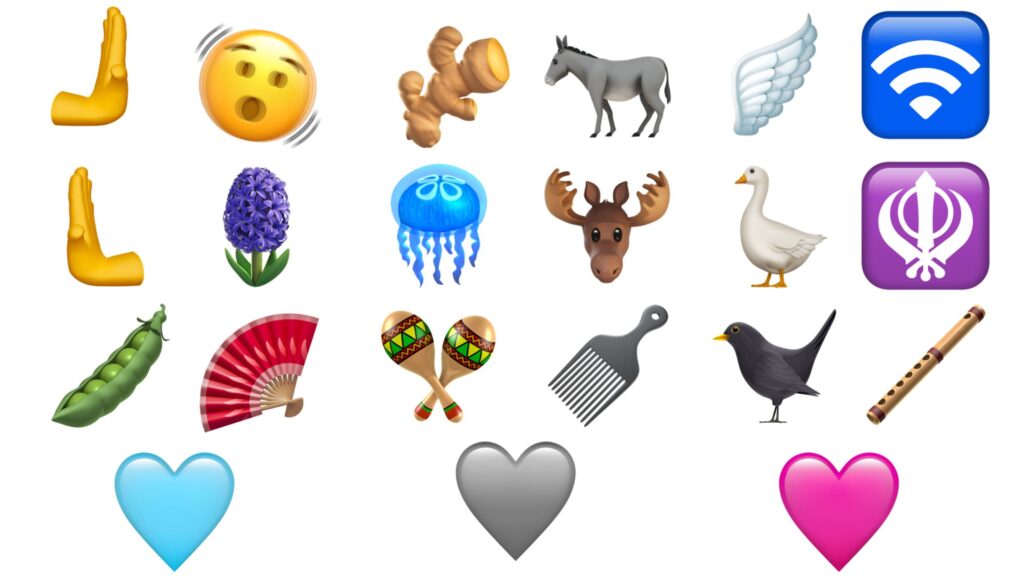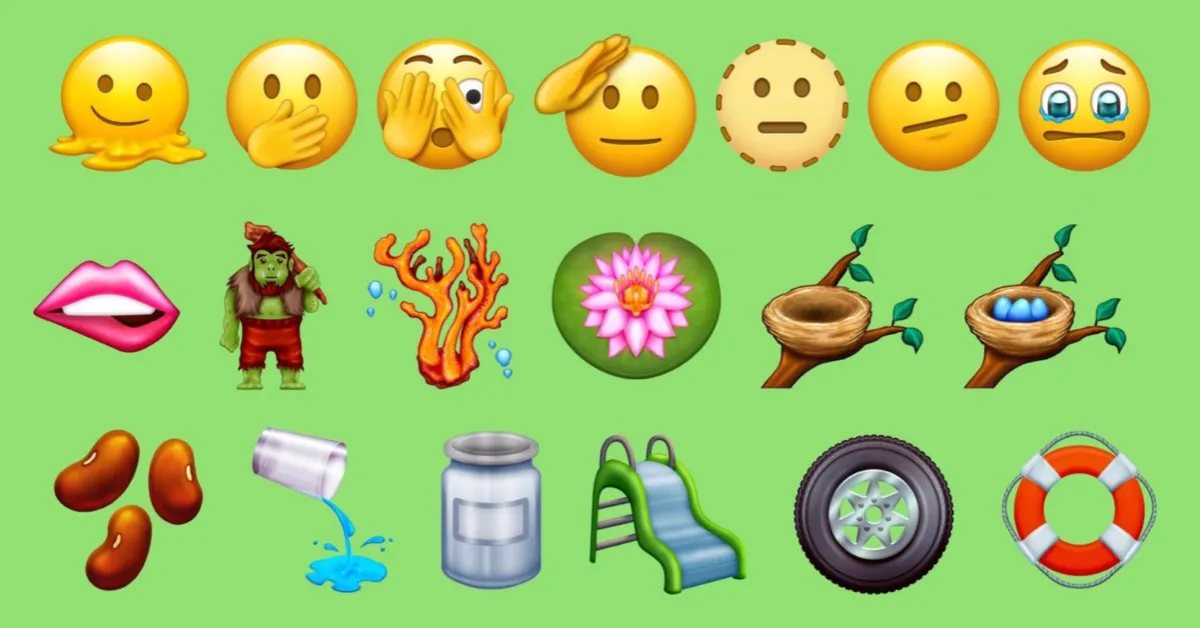Introduction
In the past, written language was the primary mode of communication. But in today’s hyper-connected world, digital visuals have taken center stage. One of the most striking evolutions in modern communication is the widespread use of emojis—small visual symbols that pack emotion, intent, and cultural references into a single character.
With thousands of emojis available and new ones added each year, understanding them has become increasingly complex. This is where Emojipedia comes into play. Emojipedia is not just a website—it’s the most trusted and comprehensive guide for decoding, interpreting, and understanding emojis. It serves as a modern dictionary, archive, and cultural lens all in one.
This article explores the foundation of Emojipedia, its growing relevance in digital culture, and the many ways it contributes to how we communicate in the 21st century.
The Rise of Emojis
Emojis first appeared in Japan in the late 1990s, designed by a mobile phone provider to add emotional expression to digital messages. Their global breakthrough came with the widespread adoption of smartphones. Today, emojis are embedded in keyboards by default, used in social media posts, advertising campaigns, emails, chats, and even academic texts.
However, their increasing use has led to a challenge: interpretation. Emojis don’t always mean the same thing across cultures, ages, or platforms. A single icon can have multiple meanings—some obvious, others subtle or culturally specific. This ambiguity made the need for a standardized reference critical.
What Is Emojipedia?
Launched in 2013, Emojipedia is the most comprehensive reference site for emoji definitions, design variations, usage trends, and history. It catalogs every official emoji recognized by the Unicode Consortium, the global body responsible for maintaining text characters across platforms.
Emojipedia helps users navigate this evolving visual language by explaining what each emoji means, where it originated, how it’s used today, and how it appears on different devices. With new emojis introduced every year and meanings constantly shifting due to pop culture and generational slang, Emojipedia keeps users informed and up to date.
A Brief History of Emojipedia
Emojipedia was created by Jeremy Burge, an Australian entrepreneur and emoji expert. His inspiration came from noticing that newly released emojis often lacked official explanations. Users were guessing meanings based on visuals, leading to confusion and inconsistent usage.
Burge launched Emojipedia as a centralized resource where anyone could look up the meaning and design of any emoji. What started as a personal project quickly gained traction. It was timely, user-focused, and filled a real gap in digital communication. Over the years, it has grown into the most widely used emoji reference site in the world.
The site was later acquired by Zedge, a digital content company, allowing Emojipedia to scale its operations and expand its team of editors and researchers.

What Makes Emojipedia Essential?
1. Clarity in a Confusing Language
The core purpose of Emojipedia is to define each emoji accurately and clearly. For each entry, it explains:
- The official Unicode name
- A concise and readable definition
- Alternative meanings or slang interpretations
- Real-world usage examples
- Cultural or generational context
This clarity is essential in an age where digital miscommunication is common.
2. Cross-Platform Comparisons
One of the key challenges with emojis is that their appearance varies across platforms. An emoji may look cheerful on one system but sad or sarcastic on another. Emojipedia provides side-by-side images showing how each emoji appears on major platforms, including Apple, Google, Microsoft, Samsung, and more.
This comparison tool is especially useful for marketers, designers, developers, and international users who want to ensure their messages translate correctly across devices.
3. Historical Archiving
Emojipedia doesn’t just show the current version of an emoji—it also maintains a history of previous versions. This archive is valuable for researchers and digital historians who want to analyze how symbols change over time or track design trends.
4. Cultural Commentary and Trends
Beyond definitions, Emojipedia regularly publishes blog posts and analysis articles that examine emoji trends, public sentiment, and social movements reflected in emoji usage. Whether it’s analyzing how emojis are used during political elections or how certain icons become part of internet memes, Emojipedia provides deep cultural insight.
Emojipedia’s Role in Education and Research
As emojis become a valid topic of academic study, Emojipedia has earned its place as a scholarly resource. Universities and language departments use it to teach courses on digital communication and linguistics. Its detailed records have been cited in numerous studies on visual language, social media behavior, and cultural trends.
Researchers rely on Emojipedia’s accurate data when exploring how emojis influence online discourse, political expression, or even mental health conversations. By documenting not just what emojis are, but how they are used, Emojipedia helps academics examine the intersection of language, culture, and technology.
Emojis in Law and Business
Interestingly, Emojipedia has become increasingly relevant in the legal and corporate worlds.
In Law
Emoji use has entered courtrooms as digital evidence in civil and criminal cases. Whether it’s a contract dispute, online harassment claim, or intellectual property lawsuit, emojis can play a role in interpreting intent. In such cases, Emojipedia serves as a reference for attorneys and judges trying to understand what a particular emoji might have meant at the time it was sent.
In Business
For businesses, understanding emojis is crucial for communication and branding. A misused emoji in an ad campaign can lead to public backlash. Emojipedia helps brands ensure that the symbols they use align with their message and audience. It also assists developers and UX designers in implementing emojis appropriately within products and platforms.
World Emoji Day: An Emojipedia Creation
One of Emojipedia’s most culturally significant contributions is the creation of World Emoji Day. Celebrated every year on July 17, this unofficial holiday was established by Jeremy Burge and quickly gained global attention. The date was chosen because the calendar emoji on most platforms displays July 17.
World Emoji Day is now a major event, with tech companies announcing new emoji releases, brands running themed promotions, and users across the world participating in emoji-related content online.
Challenges in Defining Emojis
Despite its success, Emojipedia faces unique challenges. Emojis are inherently ambiguous. Their meaning often depends on:
- Context in the conversation
- Cultural background of the users
- Age group and social setting
- Current trends or internet memes
To deal with this, Emojipedia does not treat emoji meanings as fixed. Instead, it provides primary definitions along with alternative interpretations and cultural notes. This flexible approach allows the site to stay relevant and useful as language evolves.
Accessibility and Inclusion
Emojipedia also plays a role in digital accessibility. Many screen readers interpret emojis using Unicode descriptions, but these are often too technical or vague. Emojipedia offers human-readable definitions that assist people with visual impairments in understanding emoji use within content.
Furthermore, the platform champions inclusion by covering skin tone modifiers, gender options, and disability-related emojis. Its editorial team has pushed for diverse representation in the emoji lexicon and continues to highlight the importance of visual inclusivity in digital communication.
The Editorial Team Behind Emojipedia
Although Jeremy Burge was the original creator, Emojipedia’s content is now maintained by a dedicated editorial team of researchers, writers, and linguists. Their job is not only to define and describe emojis but also to keep up with evolving usage patterns and Unicode changes.
These editors track emoji proposals, test new characters in beta platforms, and collaborate with industry experts to deliver precise, balanced interpretations. Their work ensures that Emojipedia remains accurate, timely, and culturally aware.
The Future of Emojipedia
The world of emojis is expanding rapidly. As new symbols are added each year, Emojipedia’s role will continue to grow. Future developments may include:
- Multilingual support for global accessibility
- Interactive tools to help users find the right emoji
- Real-time trend analysis powered by artificial intelligence
- Deeper integrations with apps, browsers, and education platforms
In a world moving toward more visual, symbolic communication, Emojipedia stands as a critical bridge between icons and interpretation.
Frequently Asked Questions
What is the purpose of Emojipedia?
Emojipedia exists to define and document every official emoji, helping people understand their meaning, history, and usage.
Who uses Emojipedia?
It is used by everyday individuals, researchers, marketers, designers, journalists, and legal professionals.
Does Emojipedia create new emojis?
No. Emojipedia documents emojis but does not create or approve them. New emojis are approved by the Unicode Consortium.
Why do the same emojis look different on different phones?
Different platforms have their own design styles, even though they all follow the same Unicode standards.
Can an emoji have multiple meanings?
Yes. Emojis often carry different meanings depending on context, culture, and current trends.
Is Emojipedia a reliable source?
Yes. Its content is written and maintained by professionals with expertise in linguistics and digital communication.
What is World Emoji Day?
A global celebration held on July 17 to highlight the cultural impact of emojis. It was founded by Emojipedia.
How often is Emojipedia updated?
It is updated continuously to reflect Unicode updates, new emoji releases, and cultural shifts in usage.
Is Emojipedia affiliated with Unicode?
Yes, it is an official associate member and closely tracks Unicode releases and proposals.
Can emojis be used as evidence in court?
Yes. Emojis can play a role in interpreting digital conversations and are increasingly referenced in legal cases.
Conclusion
Emojipedia is more than a website—it is a vital part of how we understand modern language. As communication becomes increasingly visual and nuanced, having a trusted source to decode emoji meanings is essential. From casual text messages to professional documents, from legal arguments to cultural trends, Emojipedia helps us navigate this new landscape of expression with clarity and confidence.
It preserves the past, explains the present, and prepares us for the future of language—one symbol at a time.
More Info: masterfxstrategies

